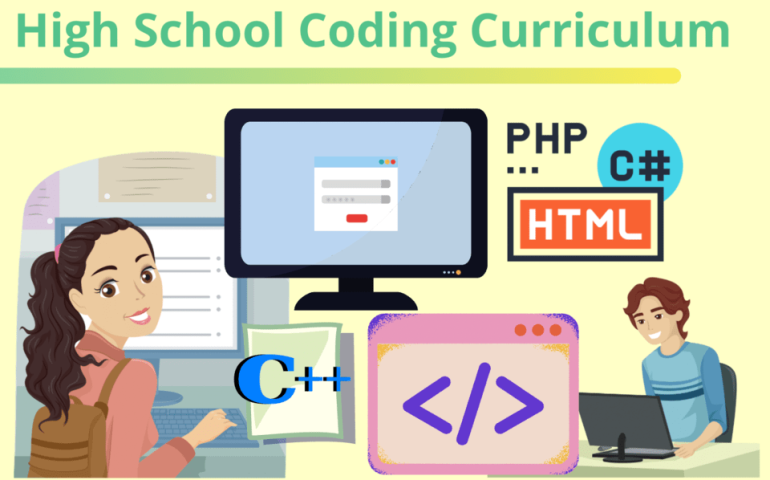Introduction
“In the new world, information processing is the new literacy,” said computer scientist, author, and teacher, Vint Cerf. As we continue to integrate technology into every facet of our lives, this statement rings truer than ever. Recognizing the pivotal role of computer science in today’s world, educators and policymakers are advocating for its integration into the curriculum, starting from the earliest years of schooling.
1. Why Start Early with Computer Science Education?
Introducing computer science and coding early in a child’s education brings several benefits. Firstly, it equips students with computational thinking skills—the ability to break down complex problems into manageable parts, abstract and model problems, and automate solutions. These are valuable skills applicable beyond coding, beneficial for a wide range of subjects and real-world problems.
Secondly, early exposure to coding helps dispel stereotypes and nurture diverse interest in the field. Studies indicate that stereotypes about computer science being a male domain start to solidify by middle school. By introducing coding at a younger age, we can counteract these stereotypes and ensure a more diverse and equitable tech industry in the future.
Thirdly, as Steve Jobs once said, “Everybody in this country should learn how to program a computer… because it teaches you how to think.” Learning to code can foster problem-solving skills, resilience, and creativity—skills essential for the 21st-century workforce.
2. Real-World Examples of Early Coding Education
Several countries and U.S. states are leading the way in integrating computer science into early education. For example, England incorporated coding into its national curriculum in 2014, making it compulsory for all students starting at age five.
In the U.S., Arkansas stands out as a leader in computer science education. In 2015, the state passed a law requiring all high schools to offer computer science classes. Since then, the state has expanded computer science education to younger grades, with a focus on integrating computational thinking across all subjects.
3. Strategies for Implementing Coding Classes in Early Education
Introducing coding in early education involves careful curriculum planning, teacher training, and thoughtful use of resources.
Curriculum-wise, it’s important to start with the basics. At the youngest grades, this could mean teaching the concept of algorithms through simple, everyday tasks. As students get older, they can start learning block-based programming languages like Scratch, which are designed specifically for children.
Teacher training is also crucial. Many elementary school teachers don’t have a background in computer science, so they’ll need training and ongoing support to teach these concepts effectively.
Finally, schools need to make thoughtful use of resources. This doesn’t necessarily mean investing in expensive technology; in fact, some coding concepts can be taught unplugged, without any technology at all.
4. Role of Technology in Early Coding Education
Though not absolutely necessary, technology can greatly enhance coding education. Tools like Scratch and Code.org offer kid-friendly platforms for learning coding. Robotics kits, like LEGO Mindstorms or Bee-Bots, can make coding tangible and engaging for young learners.
Meanwhile, platforms like Google CS First provide curriculum resources for teachers, including lesson plans, video tutorials, and online activities.
5. Challenges and Solutions in Early Coding Education
While the benefits of early coding education are clear, implementing it is not without challenges. These include a lack of qualified teachers, limited resources, and the struggle to integrate coding into already packed school schedules.
One solution to these challenges is partnering with external organizations. Nonprofits like Code.org offer resources and professional development for teachers. Tech companies, like Google and Microsoft, also have initiatives to support computer science education.
Another approach is integrating coding across the curriculum. Rather than treating it as a separate subject, coding can be used to enhance learning in math, science, social studies, and even language arts. For instance, students can code animations to illustrate a story they’ve written, or use data analysis tools to investigate scientific phenomena.
Conclusion
Introducing computer science and coding classes earlier is a critical step towards preparing students for a technology-driven future. As Mitchel Resnick, the creator of Scratch, said, “Coding is not just a set of technical skills but a new type of literacy and personal expression, valuable for everyone, much like learning to write.”
While the journey towards early coding education involves challenges, the benefits—equipping students with essential skills, promoting diversity in tech, and nurturing a generation of creative problem solvers—are indeed worth the effort.











